Roger Moore: He was dapper, smooth, posh – and certainly closer to Ian Fleming's conception of Bond than Sean Connery
The English actor who was best known for playing James Bond (seven times) between 1973 and 1985 has died at the age of 89
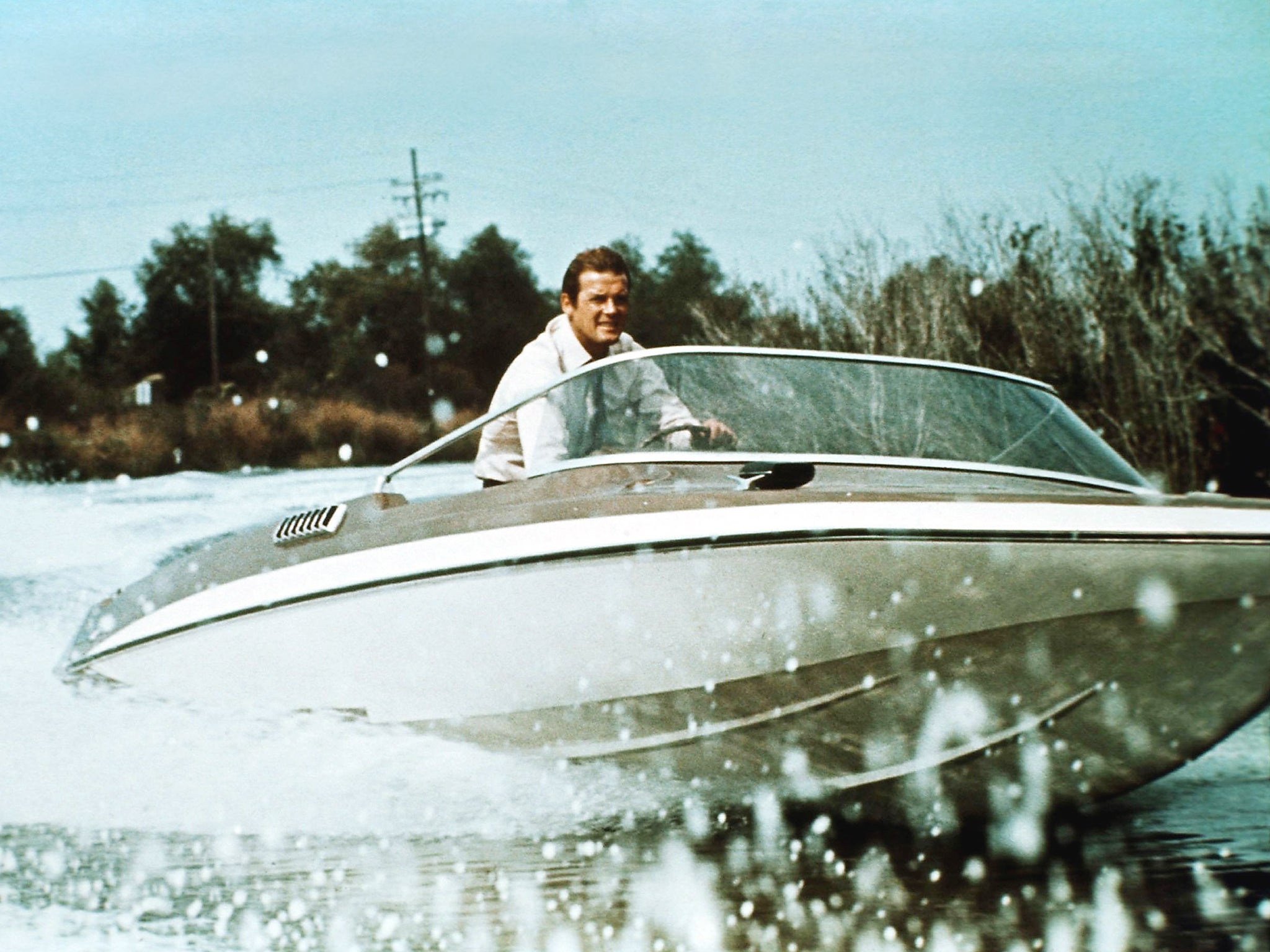
In the battle of the Bonds, Roger Moore was almost always considered to be second best to Sean Connery. In his hand-made shirts, fiddling at his cuff links, he was seen as too dapper, too refined. “Moneypenny,” he’d murmur at Lois Maxwell, arching those eyebrows which many thought were his most expressive feature. Whereas Connery was all machismo and bristling resentment of the status quo, Moore fitted right in.
“He had what we called the ‘arrow collar’ look: too buttoned-down smart,” Bond producer Cubby Broccoli said of him when he was first casting 007. “I could see, though, that he would develop into the character we wanted, which he did…” Broccoli added.
Bond is inevitably the starting point for any discussion of Moore’s career. During the 1960s and early 1970s, when he was appearing as Simon Templar in The Saint and then alongside Tony Curtis in The Persuaders! for Lew Grade, Moore was already a household name. Those roles can both be seen as dry runs for Bond. He was dapper, smooth, posh – and certainly closer to Ian Fleming’s conception of Bond than Connery.
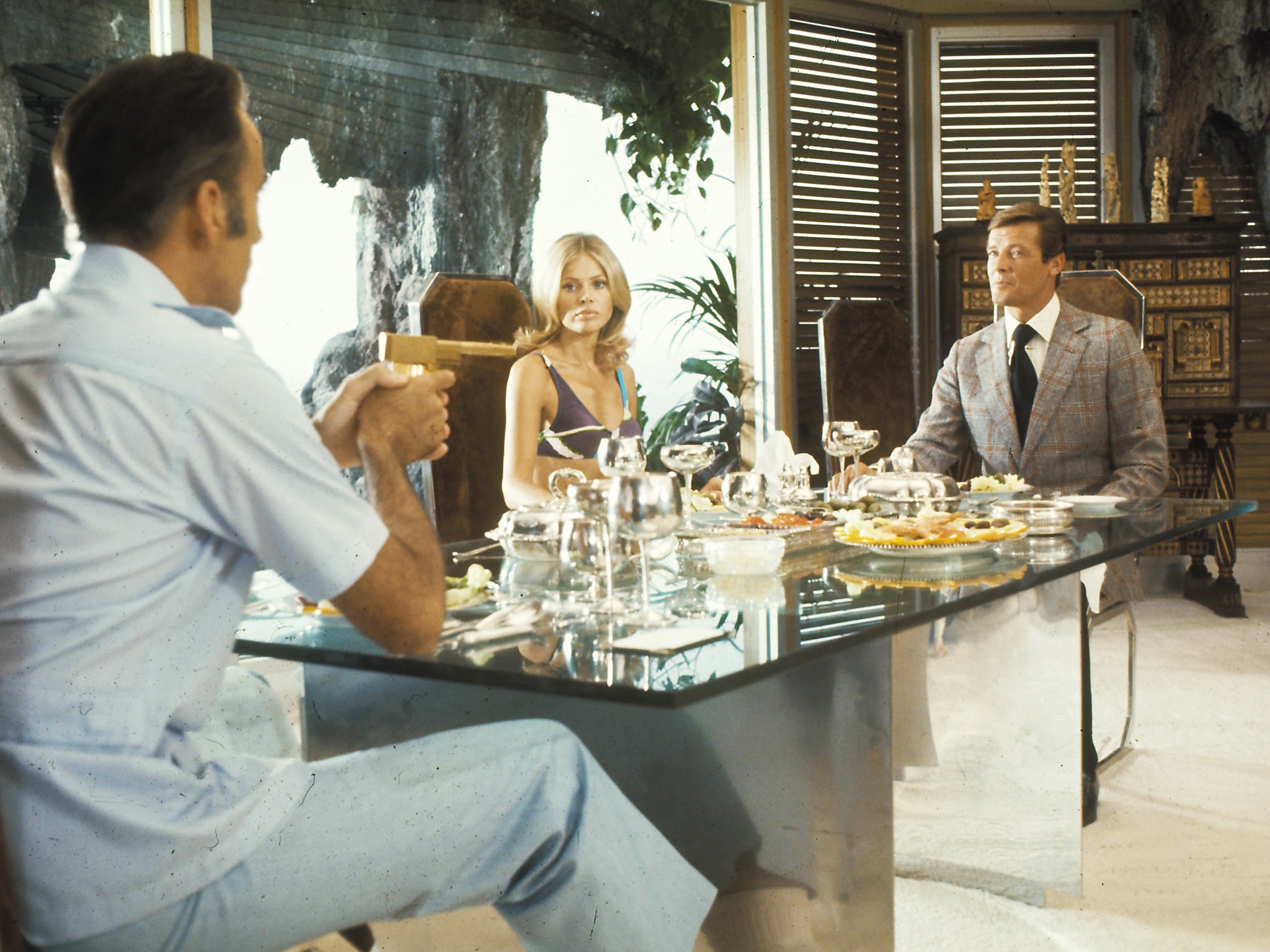
What Moore’s detractors failed to notice was his size and physicality. Moore was more than 6ft tall and very athletic. He wasn’t just some Rex Harrison or David Niven type in a tuxedo. His closest screen comparison was probably Cary Grant – even if he lacked Grant’s fleetness of delivery and movement. In his own dry way, he was very funny. In the Bond films, he played the straight man to the ever more outrageous series of character actors cast alongside him. Whether it was Clifton James’ Dukes Of Hazzard-like Sheriff JW Pepper in Live And Let Die and The Man with the Golden Gun, Richard Kiel’s Jaws in The Spy Who Loved Me and Moonraker or, most bizarrely, Grace Jones’ May Day in A View to a Kill, his unflappable Britishness set off their foibles to perfection.
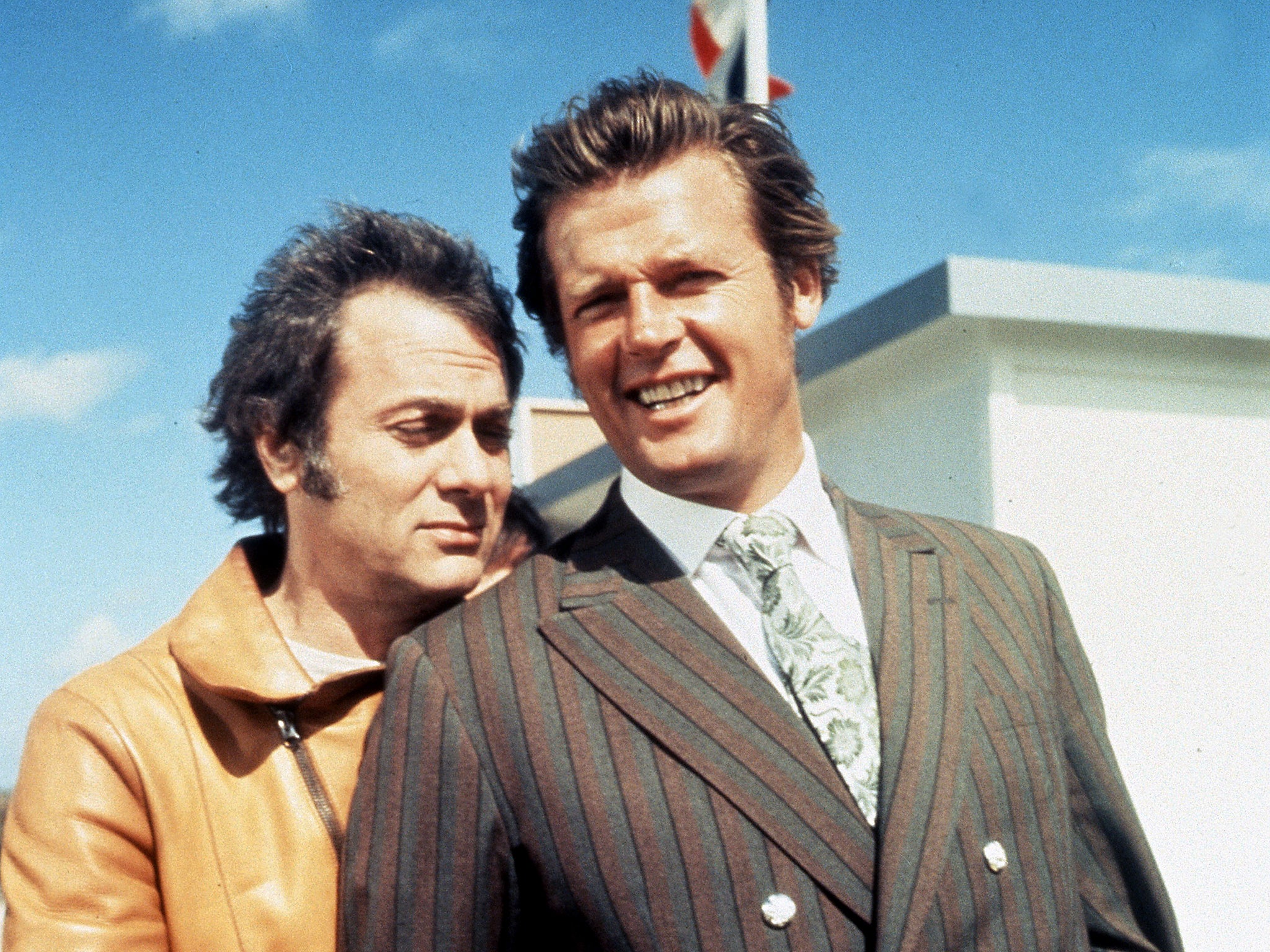
Roger Moore’s screen persona was as much of a construct as that of Cary Grant. He didn’t grow up arching his eyebrows and wearing blazers. In fact, Moore was from a relatively modest background. He was a grammar-school boy from south London. His father, George Alfred Moore, was a policeman – one presumes in the Jack Warner mould. Roger did national service, attended Rada and made a very unprepossessing start in the movie business in the 1940s. He was an uncredited extra in Gabriel Pascal’s ill-fated and very expensive George Bernard Shaw adaptation, Caesar And Cleopatra (1945); he played a small part as a “stage door Johnny” in musical comedy Tottie True (1949), about gaiety girls in the 1890s. The best roles then were going to actors like James Mason and Stewart Granger – and he wasn’t getting much of a look-in.
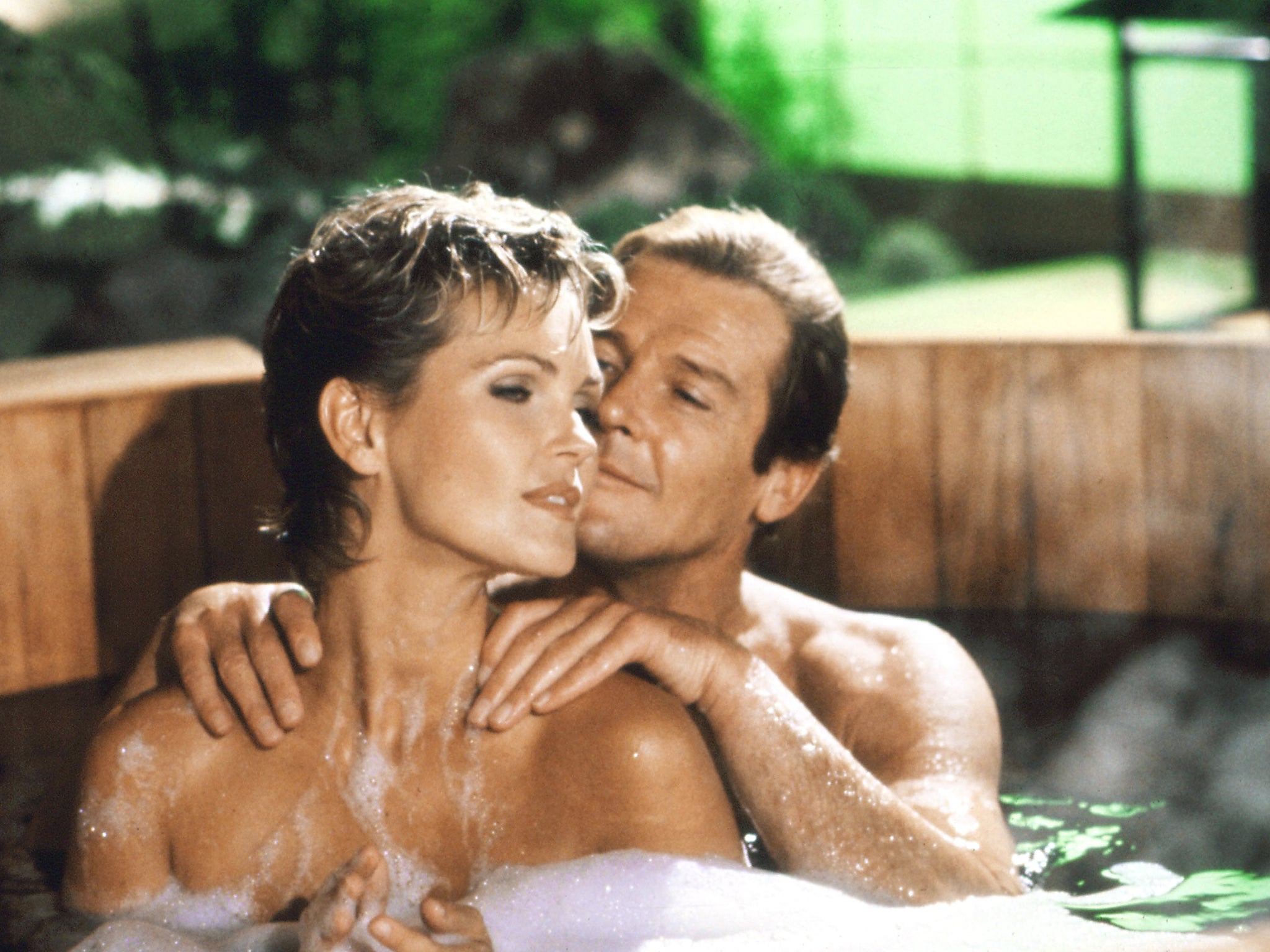
Moore’s second wife Dorothy Squires is credited with giving him the impetus to get ahead in the movie business. She was a tempestuous and very colourful personality, likened by some to a “British Edith Piaf”, 13 years older than him who took him to Hollywood. Moore began to get roles at MGM. He appeared low down the cast list but alongside Elizabeth Taylor and Van Johnson in F Scott Fitzgerald adaptation, The Last Time I Saw Paris (1954.) He wore a beard and fought a gigantic pig while providing the love interest to Lana Turner in costume melodrama Diane (1956). “Look out for your hearts, girl, this Roger Moore is going places in pictures. He’s quite a fella,” the film’s trailer warned. Moore later used to credit Turner for teaching the secret of giving a convincing screen kiss.
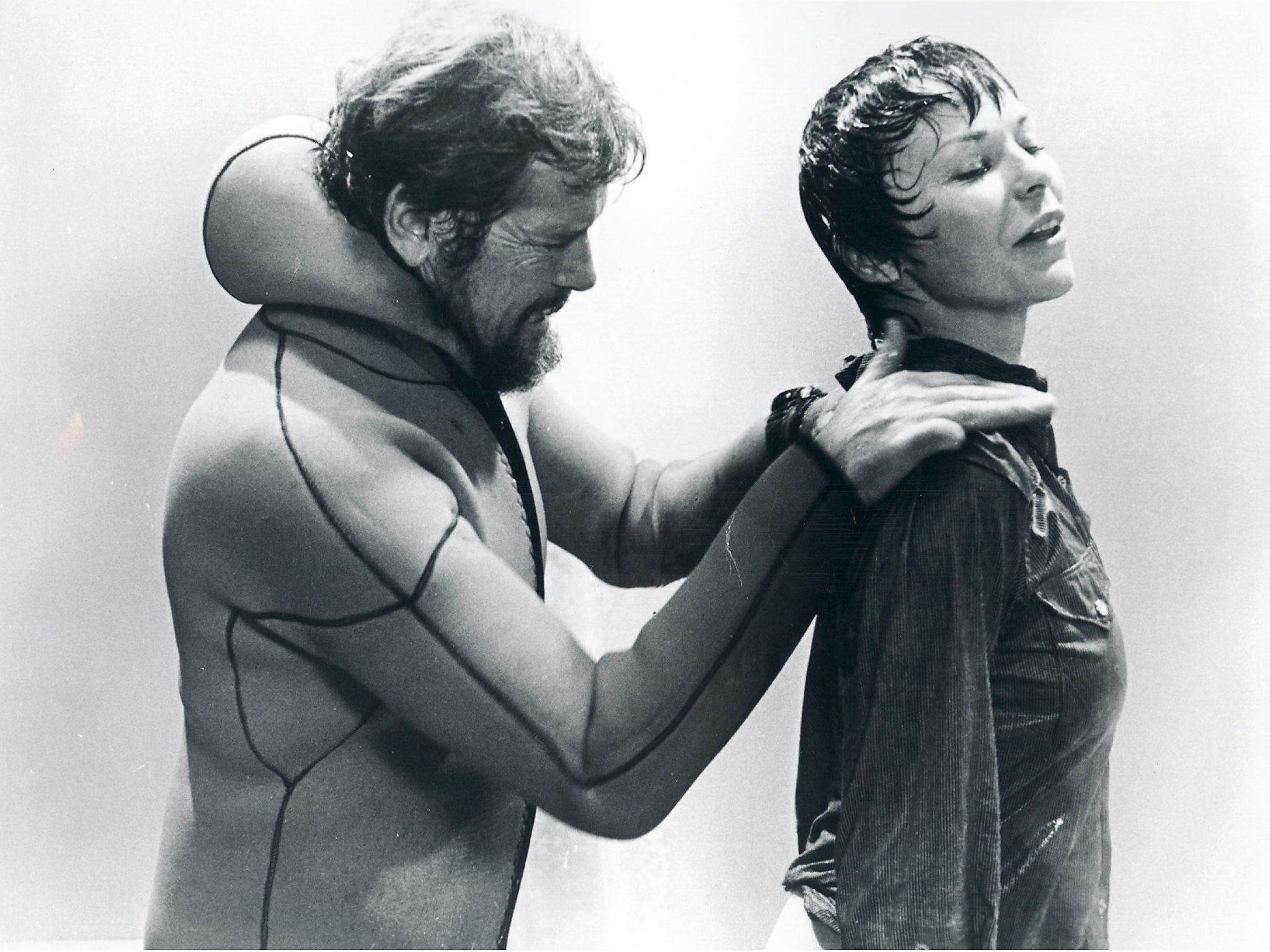
When Moore was finally cast as Bond in Live And Let Die (1973), Broccoli and co did their best to make him a bit “leaner and tougher” and to convince him, as they put it, that Bond could be “a mean bastard at times”. Moore defied expectations in the film, looking perfectly at ease in the speedboat chase (one of the great action sequences in the Bond canon) or using crocodiles as stepping stones. He also held his own against formidable character actors like Yaphet Kotto and blaxploitation stars like Julius Harris. Moore was also impressive in The Man with the Golden Gun (1974), with its Lady From Shanghai-like shoot-out in a hall of mirrors.
In breaks between Bond films, Moore took a few pay days in the late 1970s and early 1980s, in creaky, old fashioned action movies like The Wild Geese, North Sea Hijack and The Sea Wolves.
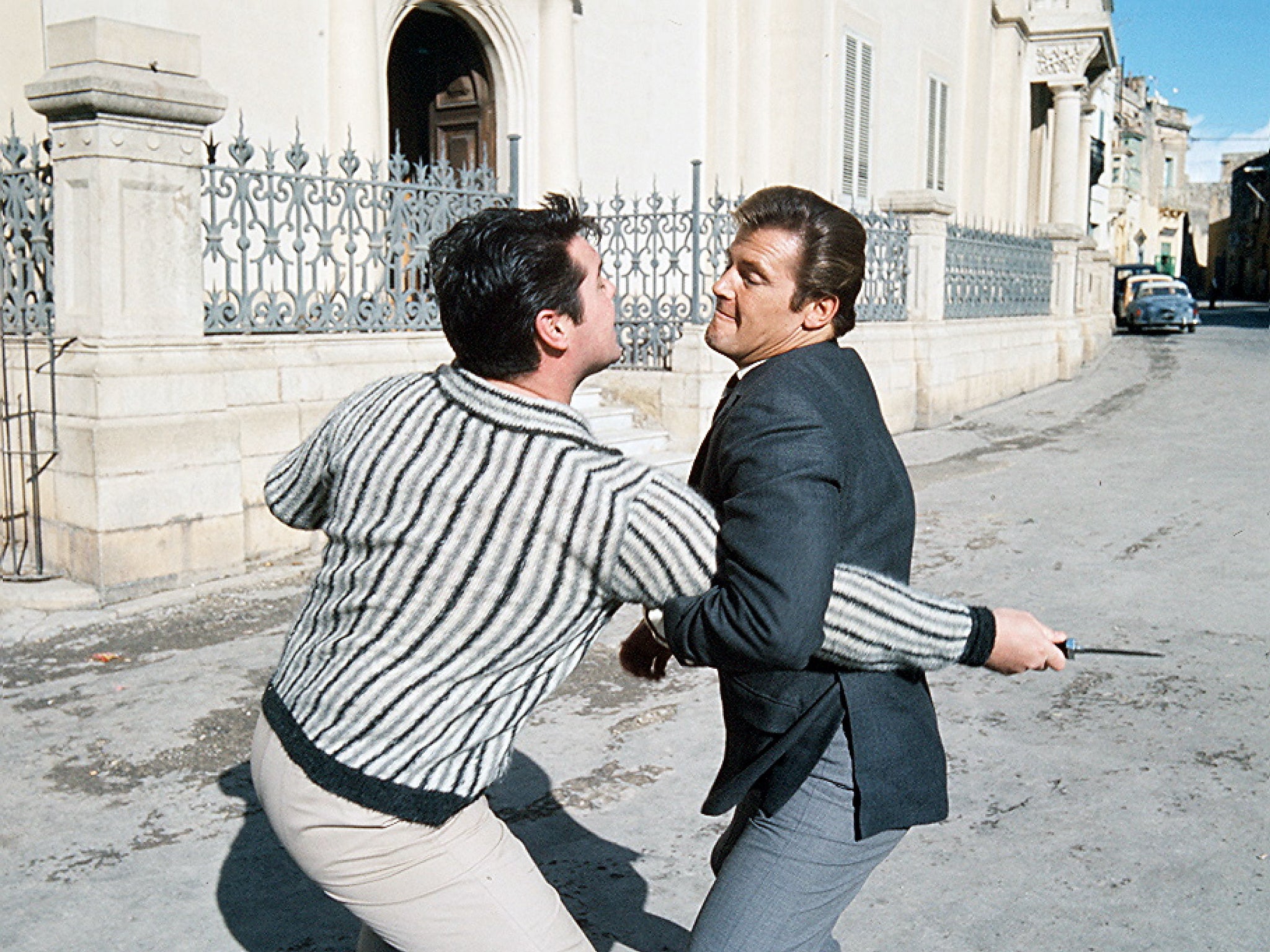
In truth, as Moore continued to appear in the Bond movies, they grew sillier and more self-indulgent. The leanness and meanness that Broccoli insisted he bring to the role as 007 early on began to dissipate. They were still a lot of fun, though, and were generally huge successes at a time when the British film industry was in a parlous state. Young and old watch the endless re-runs today with pleasure. Moore couldn’t shake off the shadow of Bond however in some of his surprising later roles (for example, as a record label boss in Spice World). These days, memories of Moore in The Saint and The Persuaders! have all but faded. Mention his name and there’s only one role anyone thinks of – but that doesn’t diminish him in the slightest.
Join our commenting forum
Join thought-provoking conversations, follow other Independent readers and see their replies
Comments